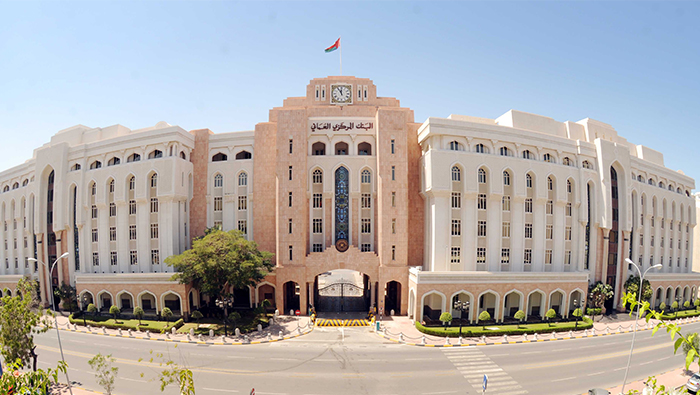
Muscat: A staff team from the International Monetary Fund (IMF) concluded its preparatory meetings for 2023 Article IV consultations with Oman.
During the meetings held from June 6-14, the IMF staff discussed recent macroeconomic developments, the outlook in light of regional and international developments and the financial and economic policies adopted by Oman under the Tenth Five-Year Plan, as well as monitor potential risks that can threaten financial stability.
After the mission, the staff team issued a statement noting that Oman’s economy continues to grow, and inflation is contained at low levels as real GDP grew by 4.3 percent in 2022, primarily driven by a strong expansion of the hydrocarbon sector. However, the staff team projected economic growth to reach 1.3 percent in 2023 and then rebound to 2.7 percent in 2024. Average headline inflation eased from 2.8 percent in 2022 to 1.6 percent during January-April 2023, reflecting lower food inflation and a stronger US dollar.
The staff team also added that substantial oil windfalls and fiscal consolidation have boosted fiscal and external positions. The fiscal balance reached a surplus of 7.5 percent of GDP in 2022 and is expected to remain in surplus over the medium term.
Moreover, the statement showed that central government debt as a share of GDP declined significantly from 61.3 percent in 2021 to 40 percent in 2022, as the oil windfall was used to repay government debt.
The staff team also noted that the current account in 2022 recorded its first surplus since 2014, at 5.2 percent of GDP, buoyed by oil and non-oil exports, and is projected to remain in surplus over the medium term. According to the statement, gross international reserves held by the Central Bank of Oman (CBO) stood at $17.6 billion in 2022.
Additionally, the staff team affirmed the good performance achieved by the Omani banking sector, and financial safety indicators remain strong thanks to ample capital, liquidity buffers and strong asset quality.
Furthermore, the staff team commended in its statement the decisive strides made by the Sultanate of Oman’s government in implementing the structural reform agenda under Oman Vision 2040, which will support stronger, private sector-led, job-rich non-hydrocarbon growth while entrenching fiscal and external sustainability.
Priority areas include allowing for greater labour market flexibility, enhancing social protection and insurance, improving tax collection efficiency, strengthening medium-term fiscal frameworks, enhancing the performance and transparency of the SOE sector, creating an investor-friendly business environment, accelerating the pace of digitalisation, developing the financial sector, and investing in green energy to help address climate challenges and leverage the global energy transition.
On a final note, uncertainty still looms. On the upside, Oman can witness an improved outlook spurred by favourable oil revenues, an acceleration of Oman Vision 2040 structural reform plans and a rise of foreign direct investments from regional partners. On the downside, a sharp decline in oil prices due to lower demand for hydrocarbons brought on by a faster-than-expected global energy transition represents key risks to the outlook.